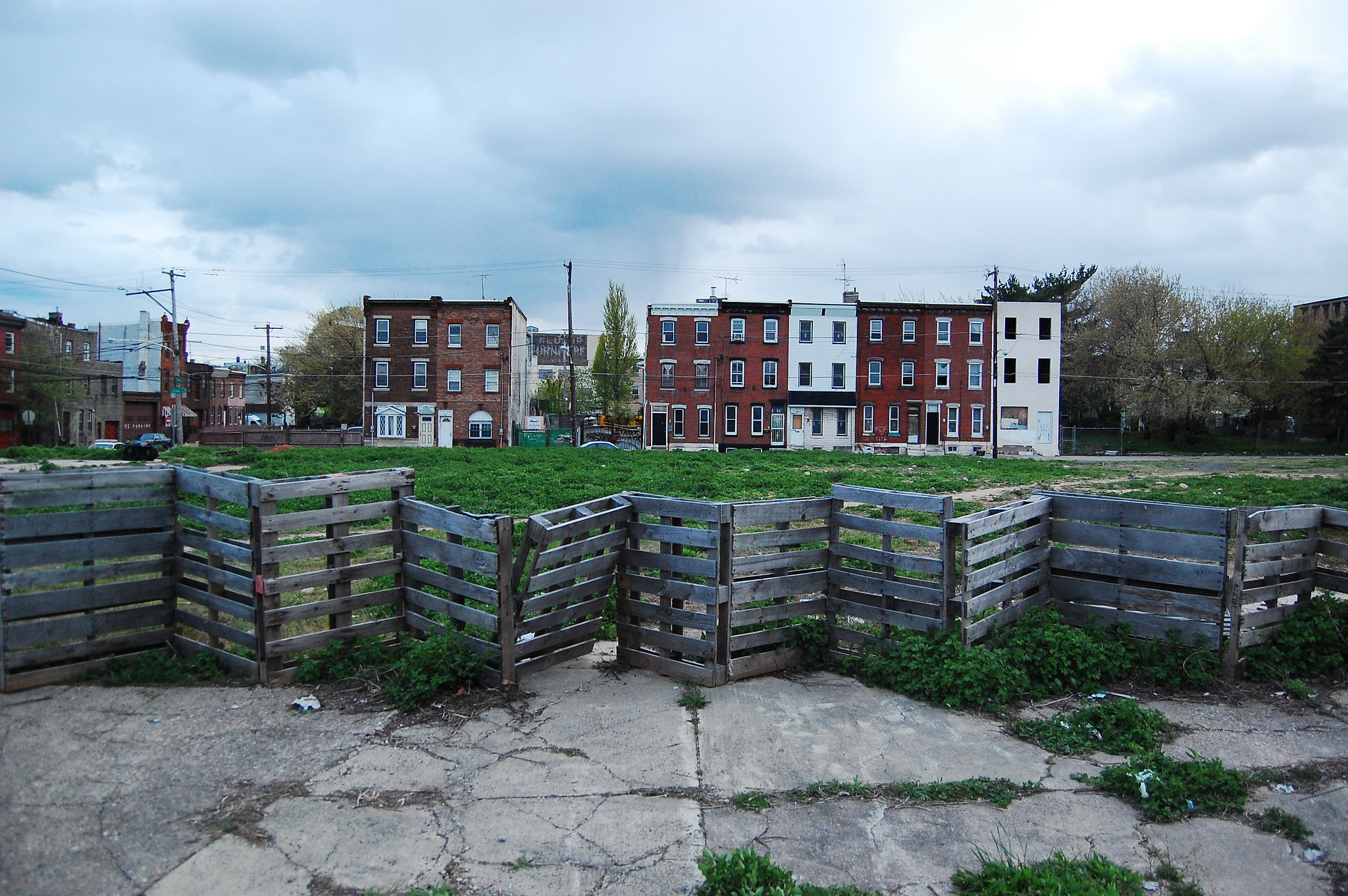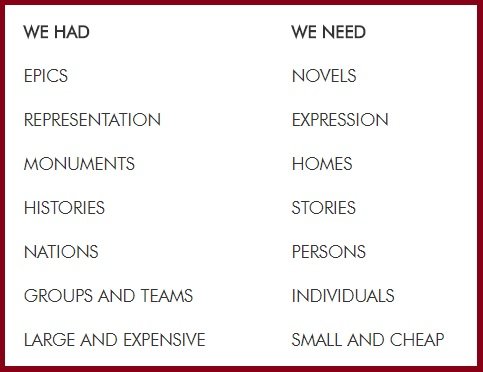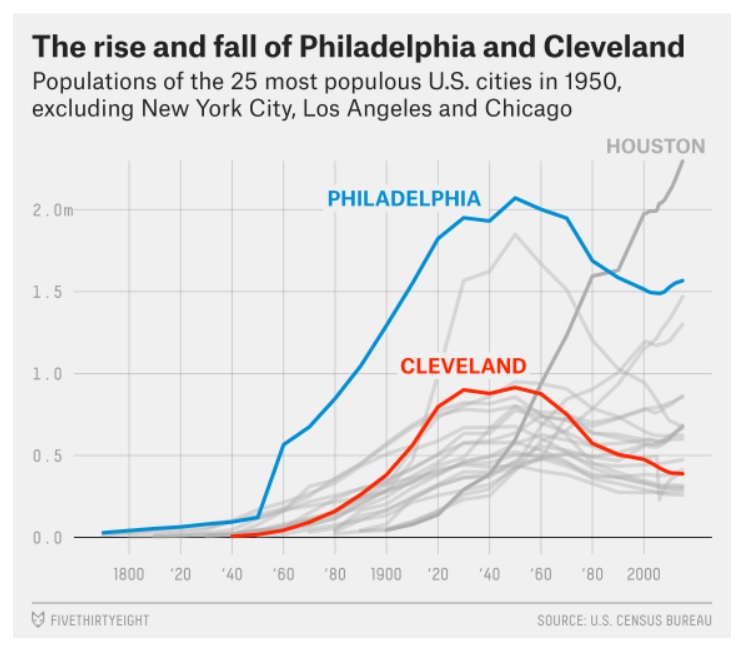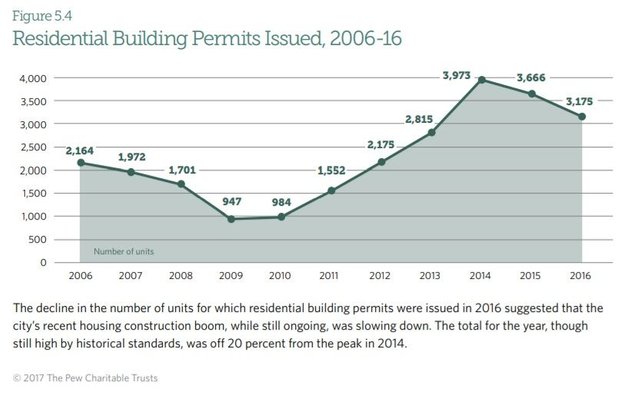Yesterday, I wrote about the gaps I see in Philadelphia's history system. Today I give you, the funders, a mock Letter of Intent for a project that could meet some of those needs. It is a version of an idea that has been percolating in my head for a while but which this assignment has given me a chance to flesh out a little. While some of my prudent classmates propose supporting existing organizations and maintenance costs, I'm going to take this opportunity to dream a little.

Photo by Peter used under license CC BY 2.0
Identified Needs
To recap last post, I think Philadelphia has a gap in the area of neighborhood history and recent history despite having a wealth of content (we'll come back to this). In addition, few (if any) Philadelphia history organizations are positioned to work with a variety of advocacy groups. I think I might have a solution.
Orhan Pamuk, in his Modest Manifesto for Museums calls for a micro-scale of museums. His point #10 provides a vision of how to meet these needs:
Monumental buildings that dominate neighborhoods and entire cities do not bring out our humanity; on the contrary, they quash it. Instead, we need modest museums that honor the neighborhoods and streets and the homes and shops nearby, and turn them into elements of their exhibitions.
Pamuk presents a matrix to visualize the museum future he would like to see:

Screenshot from Pamuk's Modest Manifesto for Museums
And so I propose a museum that is "small and cheap" and based in "homes." I am not the first to propose a neighborhood museum. There have been many, perhaps the most famous being the Anacostia Community Museum, now a part of the Smithsonian system. But I think Philadelphia provides a unique context and requires unique approaches.
Proposed Project
Philadelphia is the City of Homes, many of which are row homes built between the late 19th century and the mid-20th century. I propose the founding of the Row Home Museum, an exhibit space, community asset, and--eventually--a 21st-century historic house museum. The period of emphasis is be the life-span of the neighborhood, from what came before the row homes through to present realities and future visions for the area. Located in a row home (with the hope of expanding to neighboring homes) within a neighborhood of Philadelphia (likely somewhere in North Philadelphia or Strawberry Mansion), the Row Home Museum will draw on sources of content (artifacts and images) such as PhillyHistory.org, the Philly History Museum, the Temple University Special Collections Research Center, and more to launch exhibits. Initially these will focus on the neighborhood in which the museum is located and the topic of gentrification, with the hope that subsequent topics will be driven by interest and assets of community members and organizations working in the community.
With the launch of the first exhibits, the Row Home Museum will seek out partnerships with activists, advocates, and social services within the neighborhood, not only to bring those community actors into the Museum, but to cultivate relationships and explore other needs which the Museum could meet. One facet of these relationships will be an ambitious oral history project on the part of the Row Home Museum to collect the stories of the people making organizations work.
The Row Home Museum itself will include a space for visitors and neighbors to interview each other for posterity. Like StoryCorps, some of these interviews will be edited for use in future exhibits. Unlike StoryCorps, the unedited versions will be readily available to researchers and community members with the interviewees' consent.
If the initial roll-out is successful, The Row Home Museum will expand into neighboring homes, creating room for community meetings and events as well as an artist-in-residence program. The artist accommodations will (in between artists' tenure) become 21st-century "period rooms," offering a post-modern take on 20th-century models of preservation and documenting 21st-century life in real-time.
Now is the right time!
After earning its reputation as The City of Homes, in the mid-20th century, Philadelphia's population plummeted, leaving many of those homes empty and then demolished. Here's a graph from an excellent story from FiveThirtyEight about how Philadelphia beginning to rebound from that decline.

Graph from FiveThirtyEight
With that uptick in population in the last decade or so, however, Philadelphia has faced new challenges. One of those is gentrification, as more affluent people move into neighborhoods that were once blighted by the flight to the suburbs of people very much like them. These pressures on the housing market have led to a sharp rise in construction which has rapidly changed the look of many Philadelphia neighborhoods. You can see in the following graph from the Pew Charitable Trusts that the issuance of building permits has leveled off in the last two years, but is still historically high.

From Pew Charitable Trust's State of the City 2017
This all means that the gentrification of many Philadelphia neighborhoods is at a critical point. The Row Home Museum will provide a place for neighborhood stakeholders to wrestle with gentrification and empower them to take an active role in shaping their neighborhood's future.
Project Aims
The Row Home Museum's goals are both pragmatic and grand. The Museum will be a neighborhood forum and an asset to organizations already working in the area. At the same time, in its focus and methods it will take a small step toward diversifying Philadelphia's history system. The end goal is to have neighborhood buy-in to the extent that the Row Home Museum becomes simply another facet of the social environment.
Timeline
Despite the somewhat modest infrastructural needs of the Row Home Museum--remember, it will be "small and cheap"--it is not a simple project. It will require an extensive investment of time before capital investments truly come into the picture. For this reason I propose that this grant funding be earmarked to support the Research Phase. Here is a rough timeline of the component tasks to launch the Row Home Museum.
Research Phase
Museum staff will embark on an extensive research campaign in order to identify the location for the site. This will involve conversations with stakeholders in several potential neighborhoods and feasibility studies which take into account methods of transportation to the museum and zoning restrictions. Ideally this would take about six months to choose a primary location and a back-up.
Museum Phase I
Museum Phase I includes acquisition of the property and/or temporary tenancy to provide proof of concept for further grant funding and launching of the first exhibits: One exhibit curated by the Museum, the other a crowd-curated exhibit. Museum staff will dedicate significant time and attention to outreach efforts to engage with existing community activities. Also included in this phase is a period of evaluation and soliciting of community feedback during which time, concrete objectives for Phase II are established. Estimated time frame, one year.
Museum Phase II
Phase II consists of specific targets selected at the end of Phase I, but more generally of the first exhibits with partners, and planning for more elaborate programming. After about one year of Phase II, the Row Home Museum will embark on another round of evaluation and strategic planning.
Museum Phase III
Museum Phase III will be very dependent on the results of the preceding phases. It could, however, be an opportunity for the Row Home Museum to expand if such expansion is warranted. Potential expansions would include multipurpose spaces (not a football stadium!) and an artist-in-residence program.
Project Budget
Real estate is expensive. The $10,000 grant proposed by the #explore1918 project would not be enough to purchase or even rent a building for the Row Home Museum. It could, however fund Research Phase I. Here is a preliminary sense of what some of the costs would be:
- Transportation: SEPTA TransPass for 6 months at $96 per month = $576
- Microsoft Surface Pro or similar for note-taking, communications etc. = $800
- Staff: One researcher, working 20 hours a week for 6 months @ $16/hour = $8,320
- Coffee and donuts for up to three small charrettes with prospective community stakeholders = $200
Total: $9,996
Conclusion
What Philadelphia does not need is another non-profit organization that has no real reason for existing. The Row Home Museum is not such a project. It will provide a Philadelphia neighborhood a toolkit for engaging with gentrification. It will facilitate neighborhood identity and pride. It will bring history and art to an intimate scale. And it could provide a model for other projects.
100% of the SBD rewards from this #explore1918 post will support the Philadelphia History Initiative @phillyhistory. This crypto-experiment conducted by graduate courses at Temple University's Center for Public History and MLA Program, is exploring history and empowering education. Click here to learn more.
Clear thinking about the problem. And mention of Pamuk's Manifesto is brilliant. Where things get muddy, at least for me, is in the implementation. Is there maybe another way to go to pilot rather than establish? Consider this the institutional version of a recent trend in public art where installations are ephemeral and yet still powerful.
And the bigger question remains: who would carry this out and what would we need to feel confident that they would or could?
Downvoting a post can decrease pending rewards and make it less visible. Common reasons:
Submit